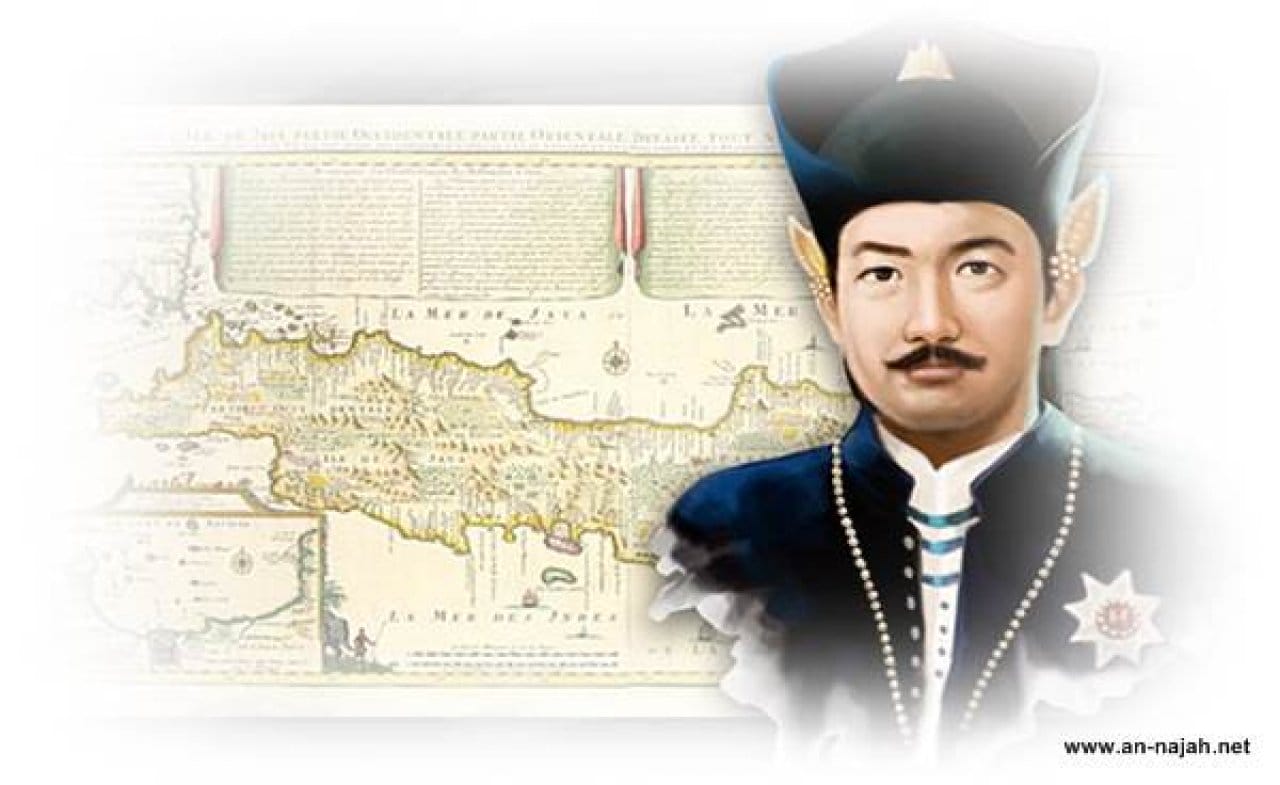The Spirit of Sultan Agung During His Life for Mataram After Getting His Throne
His father was the second king of Mataram while his mother was the princess of Pangeran Benawan Raja Pajang. Another version said that Sultan Agung was the son of Prince Purbaya or the brother of Prabu Hanyakrawati. At that time, the prince switched his baby with Dyah Banawati’s baby. No one knows whether this version is right or not. Along with his story, Sultan Agung had 2 main wives. One was the princess of Cirebon who became the Queen Kulon and the second one was princess of Adipati Batang who became the Queen Wetan.
Sultan Agung got Raden Mas Syahwawrat or Prince Alit from Queen Kulon and Raden Mas Sayidin from the Queen Wetan. He got his throne when he was still 20 in 1613 after replacing his brother Adipati Martapura who became the sultan only for one day. Technically, Sultan Agung was the fourth king in the Mataram Sultanate but generally, he became the third because his brother got sick and he was lifted just to fulfill the promise of the father. After being the sultan for 2 years, Patih Ki Juru Martani was dead due to his age.
Tumenggung Singaranu replaced him. The capital city of Mataram was still in Kota Gede and the biggest competitors of Mataram at that time were Surabaya and Banten. In 1614, Sultan Agung sent an army to conquer Lumajang which was the ally of Surabaya. In 1615, Sultan Agung also conquered the capital city of Majapahit, Wirasaba. Surabaya wanted to revenge and Adipati Pajang wanted to betray Mataram but he hesitated to send the army to help Surabaya and soon, Surabaya was fallen.
Meanwhile in 1614, VOC sent an ambassador to invite Sultan Agung to be cooperated but he refused it. Though Mataram experienced crop failure due to war with Surabaya, he still refused the cooperation with VOC. Then in 1619, VOC conquered Jayakarta and changed the name to be Batavia. Sultan Agung realized the power of VOC and he wanted to use VOC to attack Surabaya and Banten. He began the cooperation with VOC but at that time, VOC refused to help Mataram in attacking Surabaya, then the cooperation was broken.
During his life, Sultan Agung was known as the king who never gave up to fight against VOC and he tried to cooperate with Portuguese kingdom to destroy VOC but soon, he broke the cooperation because he knew Portuguese was weak. Under his reign and throne, the land of Java was bowed under Mataram except for Batavia which was still under VOC. Sultan Agung succeed to make Mataram as the largest kingdom in Nusantara after suffering so many wars, chaos and also bloodshed.
Because of that, there was a film of Sultan Agung released and the film told about the story of his effort, struggle and also love for remembering the power of Sultan Agung in Nusantara.






